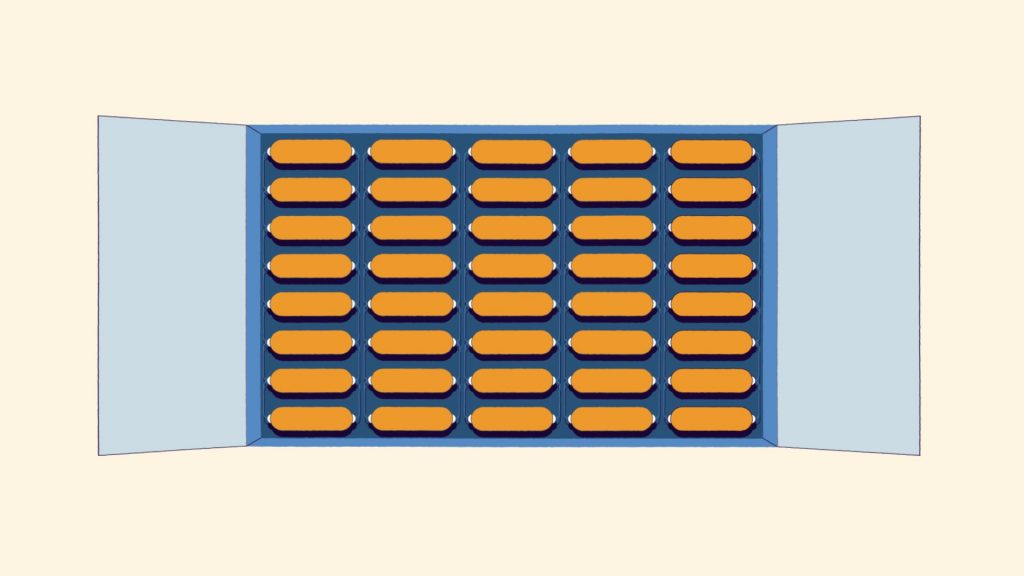Lower Secondary
Students explore how energy sources such as the sun and wind can be harnessed to produce electricity, and ways to store it. They analyse the environmental and societal impacts of renewable and non-renewable energy sources.
Grade 7 & 8 Topics
How can sunlight charge my phone?
The Sun’s energy warms our planet, drives its winds and ocean currents, and provides the energy for life to flourish. Today it’s used to produce the electricity our society relies on.
In this topic, students discover how different technologies transform solar radiation into an electrical current.
Why is wind a renewable energy resource?
For thousands of years, people around the world have used the force of the wind to lift, push, and pound. With the invention of devices that can turn motion into voltage, wind is a power source that will never run low no matter how often we use it.
In this topic, students discover how atmospheric currents are generated and used to produce renewable electricity.
How can solar energy power the night?
Renewable energy sources are intermittent by nature, whether it’s the sun setting, lack of wind, or even changes in the tides. Fortunately, there are ways to store excess energy to tap into at these times.
In this topic, students discover how energy collected through renewable electricity production can be stored in different ways for later use.
Worksheets and Classroom Activities
Crossword
Pulling ideas from across all topics, this crossword worksheet is a simple resource for use in your classroom.
Teacher Notes
Crossword answers
Download the crossword worksheet solutions.
